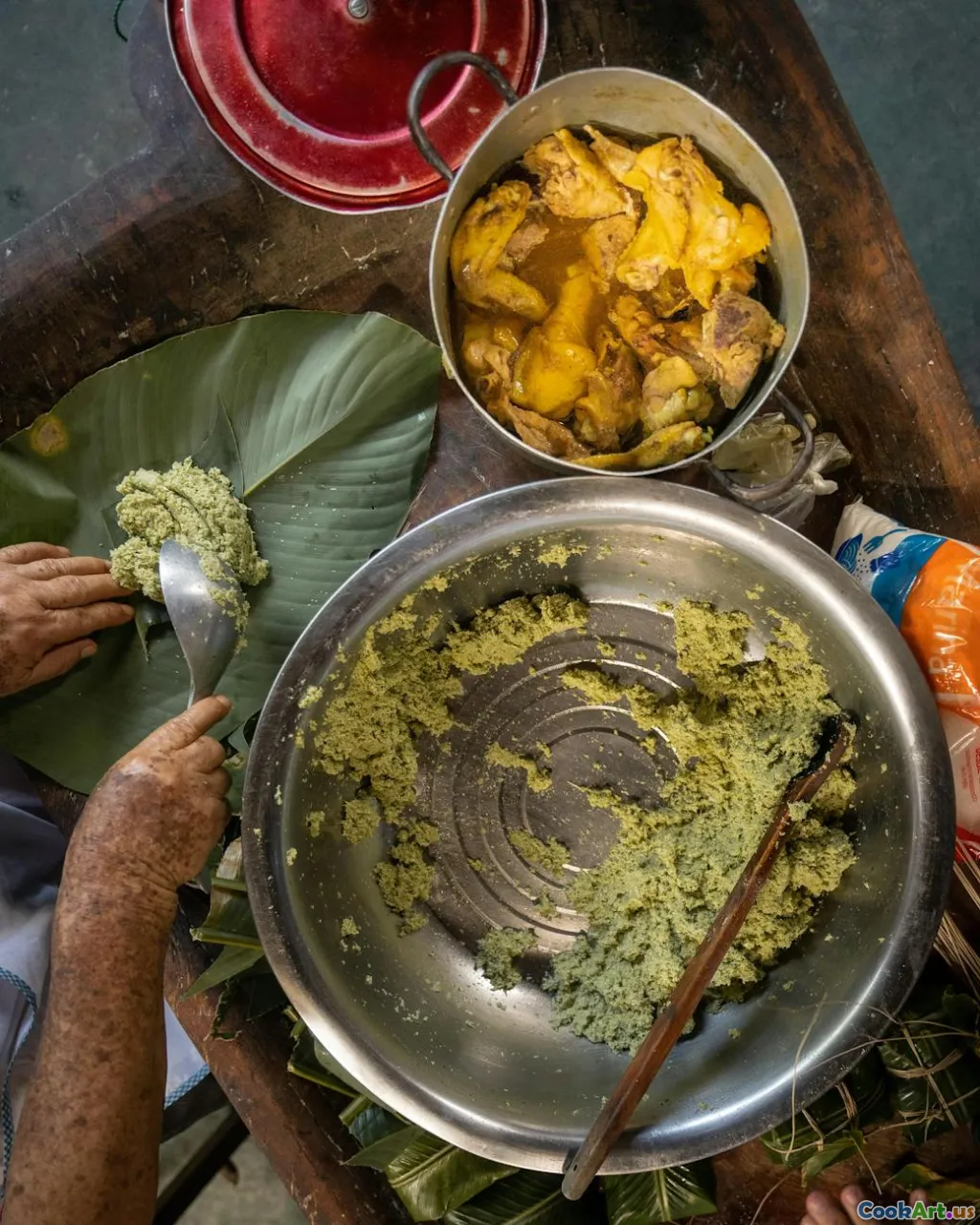Plantains Versus Bananas in Central American Cooking
8 min read Discover the rich culinary contrast between plantains and bananas in Central American dishes, exploring tradition, flavor, and cultural significance. April 29, 2025 18:55
Plantains Versus Bananas in Central American Cooking
Imagine walking through a bustling Central American market at dawn, the air thick with the aroma of ripe fruit, sizzling street foods, and the vibrant energy of a culture deeply intertwined with its ingredients. Among the most prominent and beloved fruits in this region are plantains and bananas—two close relatives, yet worlds apart in their culinary roles and cultural significance.
This article invites you on an immersive journey into the heart of Central American kitchens to explore the fascinating distinctions, historical roots, and emotional connections that these fruits hold. Whether you’re a seasoned chef, a curious traveler, or a passionate food lover, understanding the nuanced dance between plantains and bananas will deepen your appreciation for the rich tapestry of Central American cuisine.
The Roots of the Fruits: A Brief History
Origins and Spread
Bananas (Musa spp.) and plantains (Musa paradisiaca or Musa AAB subgroup) share a common lineage that stretches back thousands of years. Originally cultivated in Southeast Asia and Papua New Guinea, these fruits traveled along trade routes, eventually taking root in Africa, the Caribbean, and Central America.
By the time Spanish and Portuguese explorers reached the New World in the 15th and 16th centuries, bananas and plantains were already integral to local diets in Africa. Their arrival in Central America was swift and impactful, becoming staples due to their versatility, caloric density, and ease of cultivation.
Cultural Significance
In Central America, these fruits are more than mere nourishment; they are woven into the cultural fabric. Plantains, in particular, symbolize resilience and community, often featured in family gatherings, festivals, and traditional ceremonies. Bananas, with their sweet and accessible flavor, are seen as a gift from nature—simple, comforting, and universally loved.
Distinguishing Features: From Appearance to Texture
Visual Differences
While visually similar, subtle differences help distinguish plantains from bananas:
- Size and Shape: Plantains are typically larger, thicker, and have a more angular appearance. Bananas are shorter, more curved, and slender.
- Color at Ripeness: Bananas turn bright yellow, often with a few brown spots, indicating they’re sweet and ready to eat. Plantains change from green to yellow to black as they ripen, with each stage suited to different culinary uses.
Texture and Taste
- Bananas: Known for their soft, creamy texture and sweet flavor, they are ideal for raw consumption, desserts, and smoothies.
- Plantains: Firmer and starchy when unripe, they develop a sweet, caramelized flavor as they ripen. Their flesh is dense and holds up well during frying and roasting.
Culinary Uses: From Breakfast to Dinner
The Role of Bananas
In Central American cuisine, bananas are predominantly enjoyed raw, sliced into breakfast bowls, or blended into refreshing smoothies. Their natural sweetness complements dairy, honey, and spices.
However, they also find their way into baked goods, such as banana bread, and are sometimes cooked into desserts like plátanos en tentación—a caramelized banana dish with cinnamon and sugar.
The Versatility of Plantains
Plantains are the backbone of many traditional dishes. Their culinary versatility is unmatched:
- Fried Plantains: Sliced, fried, and served as plátanos maduros (sweet fried ripe plantains) or plátanos fritos (green, savory fried plantains). These are staples in breakfast and dinner.
- Stewed or Boiled: Green plantains are boiled and mashed, serving as a side dish or base for stews.
- Grilled or Roasted: Ripe plantains are often grilled until caramelized, adding smoky sweetness.
- Tostones and Patacones: Twice-fried plantain slices that are crispy on the outside and tender inside, perfect as snacks or side dishes.
Signature Dishes
- Relleno de Plátano: Stuffed plantains filled with cheese, meat, or beans.
- Macho de Caballo: A hearty Honduran stew featuring green plantains.
- Tajadas de Plátano: Thinly sliced fried plantains, often served with rice and beans.
Emotional and Personal Connections
I recall my first encounter with Central American plantain dishes during a trip to Guatemala. The aroma of plátanos fritos cooking on a street corner, the golden slices glistening with a hint of caramelization, was intoxicating. Each bite was a revelation—sweet, savory, with a hint of smoky char.
In kitchens across the region, families gather around steaming pots of boiled green plantains or sizzling platters of fried ripe ones, sharing stories and laughter. These fruits symbolize more than sustenance—they embody tradition, resilience, and community.
Personal Reflection
As a culinary enthusiast, I’ve learned that mastering plantains requires patience and understanding. The different stages of ripeness unlock a spectrum of flavors—from starchy and neutral to sweet and caramelized. This versatility invites experimentation, inspiring cooks to create dishes that honor history while embracing innovation.
Final Thoughts: Embracing the Difference
While bananas and plantains are closely related, their roles in Central American cooking are distinct yet interconnected. Bananas excel as a quick, sweet snack or dessert, embodying simplicity and comfort. Plantains, on the other hand, are the culinary chameleons—adaptable, hearty, and essential to traditional meals.
Understanding these differences enriches our appreciation for Central American cuisine’s complexity and depth. It reminds us that food is not just about flavor but also about culture, history, and the stories we share around the table.
Next time you encounter these fruits, take a moment to savor their unique qualities. Whether fried, boiled, or raw, they carry the legacy of a vibrant region—a testament to the enduring power of simple ingredients turned extraordinary.
In conclusion, the dance between plantains and bananas in Central American kitchens is a story of contrast and harmony. It’s a celebration of tradition, innovation, and the shared love for flavors that nourish both the body and the soul.









